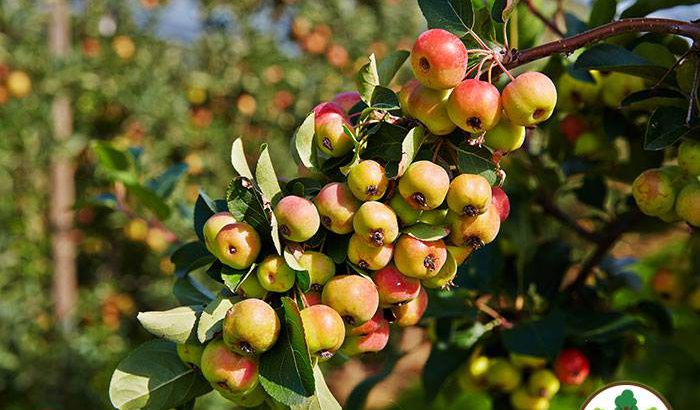Native plants are those that occur naturally in a region in which they have evolved. They provide the ecological basis upon which life depends, including that of birds and people. Without them and the insects that co-evolved with them, local birds cannot survive. For example, research by the entomologist Doug Tallamy has shown that native oak trees support over 500 species of caterpillars whereas ginkgos, a commonly planted landscape tree from Asia, hosts only 5 species of caterpillars.
Through the technique of planting native species, each patch of habitat becomes a part of a collective effort to nurture and sustain the living landscape for birds and other animals. As we know the major amount of land has been lost due to urban sprawl, and somehow the trend seems to indicate no signs of decline. Introduction of exotic species only aggravates the intensity of this catastrophe due to loss of land productivity.
Because of native species, there is a hope to conserve and preserve the flora and fauna as exotic and non-native species of plants not only deteriorate the ecological balance but also the food web. Grow-Trees is the follower of this sustainable and eco-friendly approach of planting trees and condemns causing any harm to the environment through improper planting techniques.
But, why native plants?
Low Maintenance
Due to their years of adaptability to the region’s soil, hydrology and climate, native plants require the least amount of maintenance and hence, witness the highest survival rates. Native plants show high evolved defences to numerous insect pests and diseases. Native species are also drought tolerant and therefore require little supplemental water and minimal care to survive. The survival rate they provide is the highest compared to exotic and non-native species.
Enrich the soil
Native plants provide the best method to enrich and maintain soil productivity for years. These plants with their usually deep and well-adapted roots break up the heavy clay soils and allow water to permeate the soil profile.
Providing Habitats to local wildlife
You can’t change the biodiversity of any area, it’s a process that requires hundreds and thousands of years. The animals of an area depend on their natural habitat to feel safe, breed and feed. Native plant species are better in the long run for providing the food, shelter and overall comfortable habitat for the local animal species. To conserve wildlife, the utmost important step is to save their habitat which is slowly diminishing due to various man-made threats.
Improves Public Health
Non-native species use large amounts of synthetic pesticides and fertilizers, some of which are suspected carcinogens. During rains, these chemicals often run off into public water supplies and hence, pollute the water bodies and degrade the overall public health of that region.
Carbon Sequestration
Lastly, native plants are believed to be the storehouses of carbon sequestration. Peter Del Tredici, senior research scientist emeritus at the Arnold Arboretum at Harvard University said that, for trees to sequester a lot of carbon, they need to live long and healthy lives. “You want a tree that is going to survive in your climate with the minimum amount of maintenance,” he said.Dr. Del Tredici said that he discouraged fast-growing trees like poplars because they have a shorter life span. Medium-growth and native trees are better from a carbon sequestration perspective.
Grow-Trees urges everyone to plant a mix of native species to sustain the ecological balance of your region. But if you can’t grow trees on your own, don’t worry, now you can plant from anywhere and help preserve the birds, insects and other local creatures with Grow-Trees.
Plant for saving the local biodiversity – https://www.grow-trees.com/index.php?scrolleTreeCard
